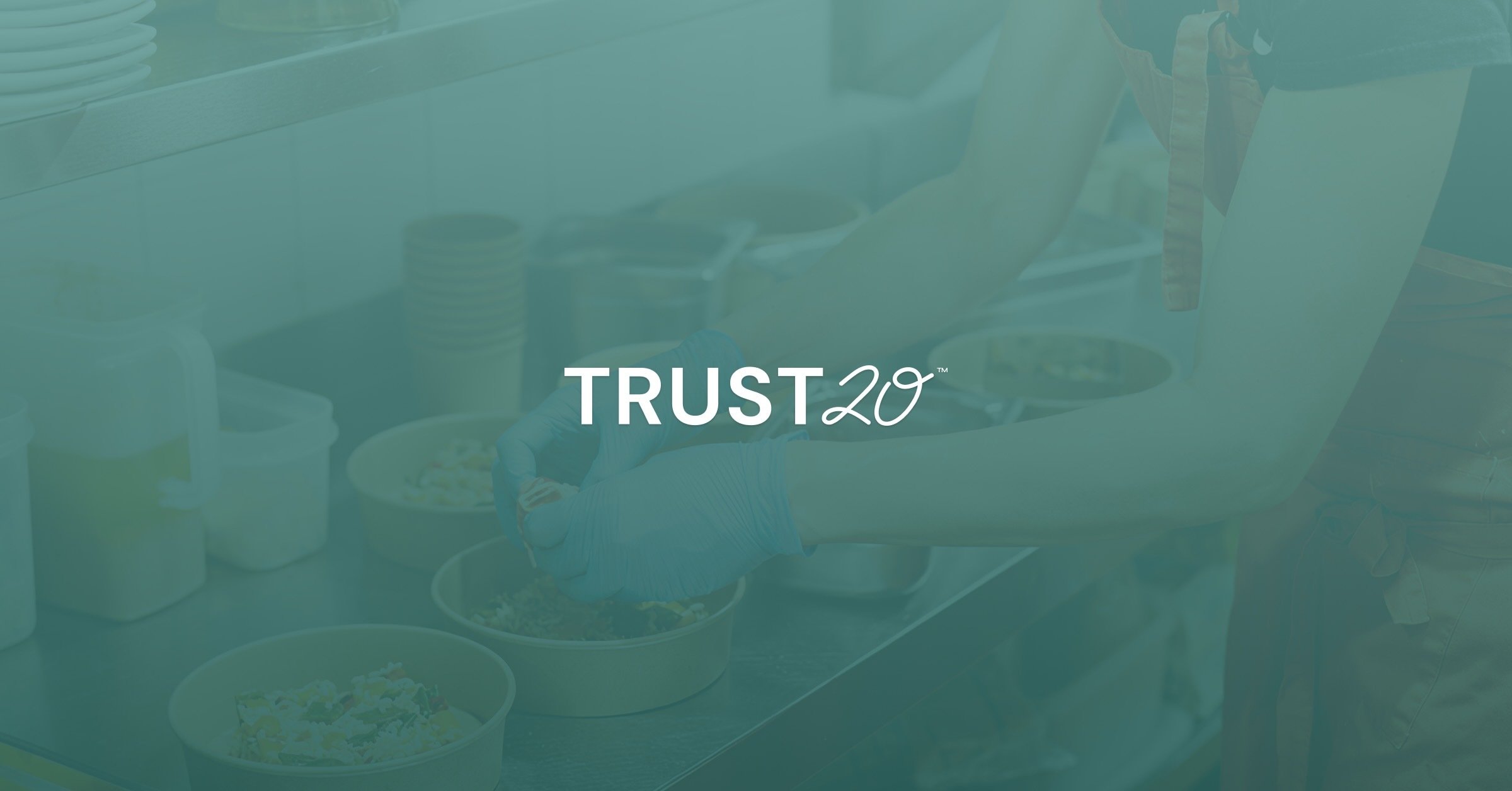Food safety is a matter of public health and it puts everyone at risk when food becomes unsafe. Food becomes unsafe when it becomes contaminated by things like bacteria, viruses, parasites, or chemicals. According to the World Health Organization (WHO) , an estimated 600 million–almost 1 in 10 people worldwide–get sick with a foodborne illness after eating contaminated food and 420,000 die every year.1 The foodservice industry can help prevent the spread of foodborne illnesses.
Every food safety training should make sure to cover the following ways food becomes unsafe:
Let's focus on each of these more closely.
Poor Cleaning and Sanitizing
We’ve talked about the differences between cleaning, sanitizing, and disinfecting in the past and food safety is one of the places where the importance of these differences shines through. If a food contact surface is not cleaned AND sanitized properly, it creates an unsafe environment where pathogens can rapidly multiply and contaminate food the next time they are used. Understanding how to properly use the three compartment sink method to clean and sanitize, set up and use dishwashing machines, and correctly dispose of garbage are essential to keeping both food contact surfaces and non-food contact surfaces safe from pathogens that make food unsafe.
Time-Temperature Abuse
Time-temperature abuse occurs when time/temperature control safety (TCS) foods are allowed to enter and remain in the temperature danger zone. The best way to prevent time-temperature abuse is always to keep hot foods hot, and cold foods cold–namely out of the temperature range of 41 to 135 degrees Fahrenheit. TCS foods in particular can be a breeding ground for pathogens in the temperature danger zone, so it is a good idea to have a regular schedule for checking the temperatures of in-use ingredients and stored foods as well as adequate training to ensure all foods are cooked, cooled, and reheated properly.
Cross-Contamination
Cross-contamination is the physical transfer of harmful pathogens from food, equipment, or people to food being prepared by a food handler. The three types of cross-contamination include: biological, physical, and chemical. Cross-contamination (and foodborne illnesses in general) can easily be prevented by separating foods properly during prep, effectively cleaning and sanitizing equipment, and consistent glove use.
Poor Personal Hygiene
The leading cause of foodborne illnesses is actually due to food handlers coming to work while sick. According to the U.S. Centers for Disease Control and Prevention (CDC), the norovirus spreads easily and causes about half of all food-related illnesses.2 Establishing a clear and supportive sick policy for staff can easily prevent this cause of foodborne illness. Other poor hygiene habits like improper handwashing or glove use, wearing dirty clothes, or eating and drinking in food preparation areas all put diners at risk. In order to protect customers, the onboarding process for new staff should always review proper handwashing habits and designate where staff can safely snack.
Unsafe Food Sources
There is no way to make contaminated foods safe for consumption. This is why it is absolutely critical for foodservice establishments to buy their foods from approved, reputable suppliers. Foods should always be inspected to ensure they meet the standards of regulating bodies such as the U.S. Food and Drug Administration (FDA) or the U.S Department of Agriculture (USDA), as well as applicable local, state, and federal laws. Remember, just because food looks and smells safe, that doesn’t mean that it is. Purchasing from safe food sources should always be the first step in a business’ food safety plan.
The Takeaway
Carelessness and poor food safety training are often the root cause when it comes to food becoming contaminated. Ensuring all staff understand the ways food becomes unsafe can go a long way in protecting the customers and team of a foodservice establishment.
**Editor's Note: This blog was originally posted in January 2022 and has been reviewed for accuracy and updated to include more details.
Sources:
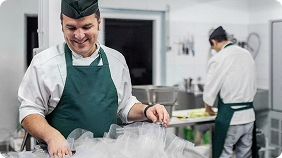

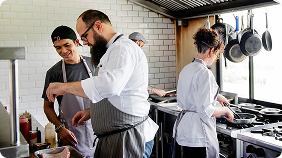


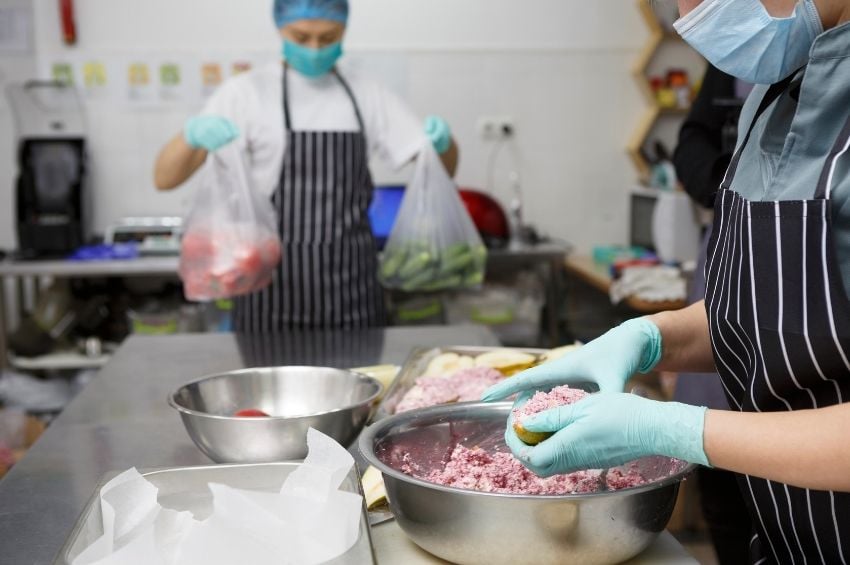
.png)
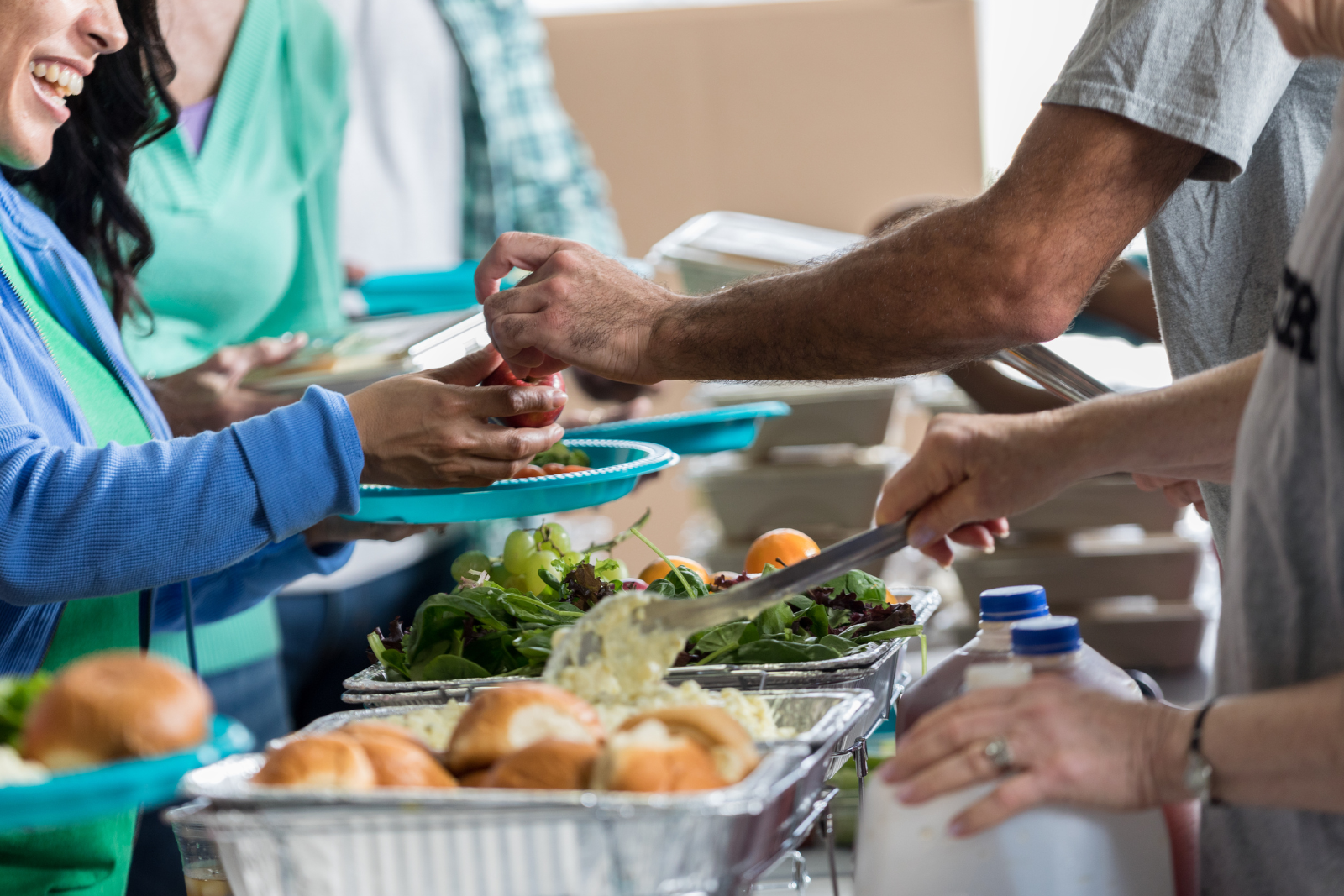
.png)
